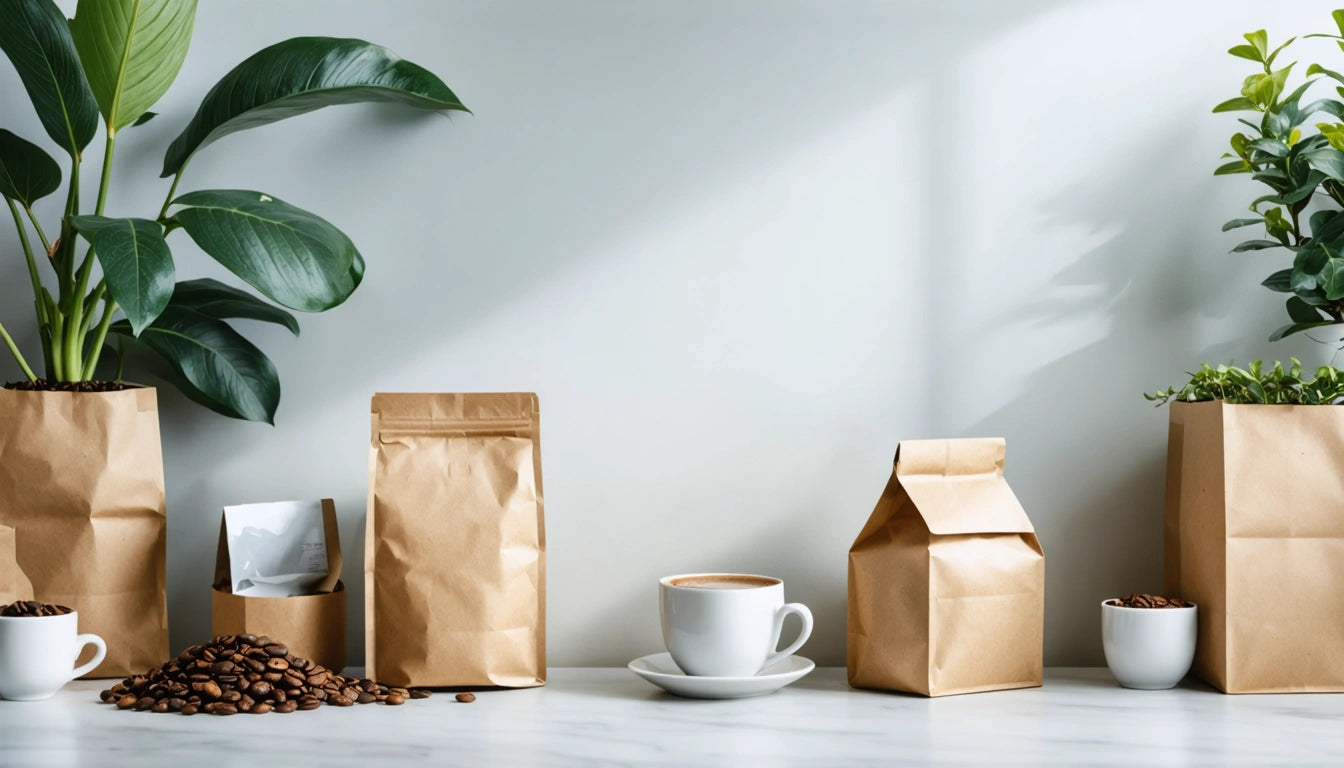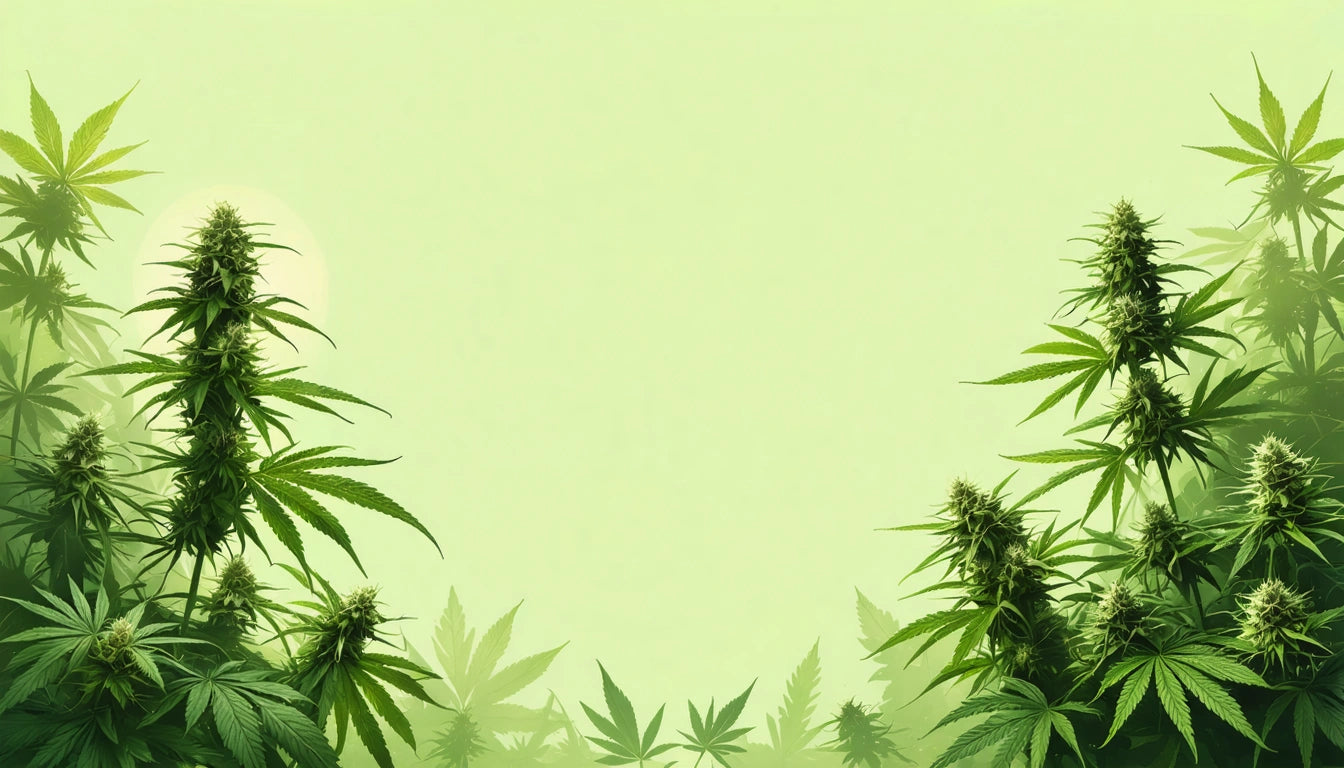Table of Contents
Choosing the Best Coffee Packaging: Impact on Freshness, Flavor, and Shipping
Coffee packaging does far more than simply contain the product. It serves as a critical barrier against environmental factors that can degrade quality, preserves aromatic compounds that define flavor profiles, and ensures safe transport from roaster to consumer. Understanding how to choose the best coffee packaging requires knowledge of materials, design elements, and functional requirements that protect this sensitive product.
Impact of Packaging on Coffee Freshness
Does packaging affect coffee freshness? Absolutely. Coffee begins to lose freshness immediately after roasting due to oxidation, moisture absorption, and exposure to light. These factors can dramatically alter flavor profiles and aromatic compounds.
The four primary enemies of coffee freshness are:
- Oxygen: Causes oxidation that leads to staleness
- Moisture: Accelerates degradation and can introduce mold
- Light: Breaks down flavor compounds
- Heat: Speeds up chemical reactions that diminish quality
Proper packaging creates a barrier against these elements, extending shelf life while preserving the intended flavor profile. Effective packaging design must balance protection with practicality, offering convenience without compromising preservation.
Best Materials for Coffee Packaging
When determining what is the best packaging for coffee, material selection stands as the most critical decision. Each option offers distinct advantages for preservation and presentation.
Multi-Layer Bags
The gold standard for coffee packaging consists of multi-layer bags featuring:
- Outer layer: Typically polyethylene for durability
- Middle layer: Aluminum or metalized film as an oxygen and light barrier
- Inner layer: Food-grade polyethylene to prevent flavor transfer
These bags often include one-way degassing valves that release carbon dioxide (a byproduct of freshly roasted coffee) without allowing oxygen to enter. This technology has revolutionized coffee freshness by solving the gas buildup problem while maintaining an oxygen barrier.
Tin Canisters
Metal containers offer excellent protection against light and physical damage while providing a premium presentation. However, they require an additional internal bag to create an effective oxygen barrier.
Coffee Bag Ideas and Design Considerations
Beyond functional requirements, packaging design influences consumer perception and usability. Creative packaging ideas can differentiate products in a crowded marketplace while maintaining practical functionality.
Popular coffee bag styles include:
- Stand-up pouches with resealable zippers
- Side-gusseted bags with tin ties
- Flat-bottom bags for stability on shelves
- Quad-seal bags that offer four sealed edges for maximum protection
For optimal humidity control during storage and shipping, some specialty coffee companies are adapting technologies from adjacent industries. For example, humidity control packs designed for precision products can be modified to maintain ideal moisture levels for coffee beans during transit and storage.
Packaging Coffee for Shipping
How is coffee packaged for shipping involves considerations beyond the primary packaging. The journey from roaster to consumer introduces additional stressors including temperature fluctuations, handling impacts, and extended transit times.
Effective shipping strategies include:
- Secondary packaging such as corrugated boxes sized appropriately to prevent movement
- Void fill materials that absorb shock without adding significant weight
- Thermal liners for temperature-sensitive shipments
- Timing considerations to avoid weekend delays that extend transit time
For wholesale shipments, larger format packaging such as valve-sealed 5lb bags inside protective boxes provides economical protection. Understanding packaging costs in relation to product value helps determine appropriate investment levels for different market segments.
Sustainable Coffee Packaging Solutions
The coffee industry faces increasing pressure to address packaging sustainability without compromising product protection. Sustainable packaging innovations are emerging to meet this challenge.
Promising developments include:
- Compostable multi-layer films derived from plant-based materials
- Recyclable mono-material structures that maintain barrier properties
- Reusable container systems with refill options
- Packaging with reduced material usage through improved design
When evaluating sustainability, it's important to consider the entire lifecycle impact rather than focusing solely on end-of-life disposal. Packaging that extends coffee freshness may have a net positive environmental impact by reducing food waste, even if the packaging itself isn't fully recyclable.
Innovations Transforming Coffee Packaging
The future of coffee packaging lies at the intersection of preservation technology, consumer convenience, and sustainability. Several innovations are reshaping how brands approach these sometimes competing priorities.
Smart packaging with freshness indicators allows consumers to visually confirm product quality. Biodegradable valves address a key recycling challenge for conventional coffee bags. Single-serve formats continue to evolve with more environmentally responsible alternatives to plastic capsules.
The best disposable coffee cups with lids are also seeing innovation, with compostable materials and improved insulation that eliminates the need for double-cupping or sleeves. These advances reflect the industry's response to consumer demand for both convenience and environmental responsibility.
As coffee culture continues to evolve, packaging will remain a critical factor in product quality, brand differentiation, and environmental impact. Companies that master the balance between protection, presentation, and sustainability will likely lead the next wave of coffee industry growth.











Leave a comment
All comments are moderated before being published.
This site is protected by hCaptcha and the hCaptcha Privacy Policy and Terms of Service apply.